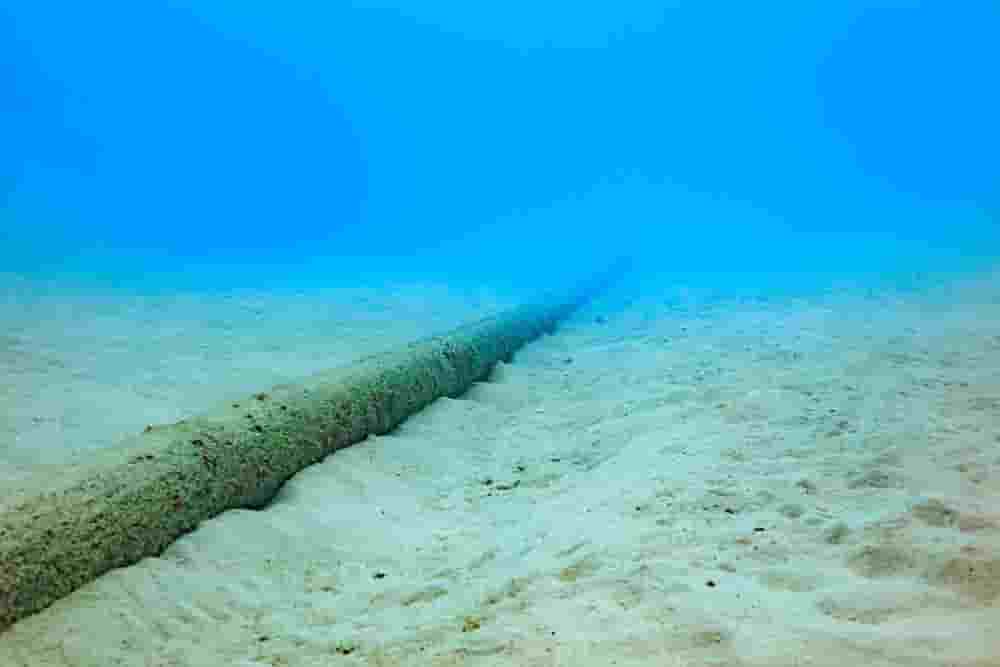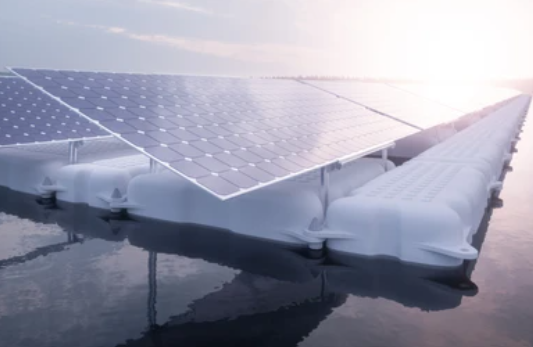Cables and connectors of Floating Solar PV (FPV) typically transfer the energy generated by the PV system to the substations or grids. It is an important part of the FPV setup as it links the PV system to the grids. Technically, the application of cables in the conventional ground-mounted and the FPV Systems are the same except in the case of floaters and anchors which are needed due to the FPV deployment location.
Cables are meant to be shack proof or leakage proof to avoidable damages and failures that could emerge due to the environmental conditions of the location.
In addition, as we all know that the marine environment where FPV systems are deployed has a lot of natural and man-made activities such as fishing activities, waves, current, seabed movements, and others going on, which could adversely affect the cabling and FPV system as a whole.
Continuous degradation or disturbances from the marine environment can cause PV cable failures, limiting the electric insulation. Notably, Single insulation failures can be quite hard to dictate especially in Large-scale PV systems. Degradation of FPV cables is on the increase due to inadequate maintenance methods and cable design mechanisms. Degradation of the insulation part of the cable system can lead to serious damage such as having direct contact with water, conductors exposure to danger, escape of potential contaminants- metals, microplastics and chemicals, and more others.
Currently, there are different types of photovoltaic cables but most large-scale PV systems are produced and connected using HVDC cables. The conductor material used can either be copper or aluminum, and the wiring could be either solid or stranded, allowing very good conductivity, malleability, and ductility. The FPV cables are built with specifications based on their current rating.
Criteria for selecting an FPV Cable
There are several requirements for selecting a cable or manufacturing a cable for an FPV system installation.
The following conditions are commonly applied:
-
Weather condition of the proposed location
-
Cable resistant to Ultraviolet radiation (UV)
-
Normal location temperature range
-
Ability to overcome Mechanical stress
-
Resistant to Abrasions
-
pH- resistance
-
Halogen presence
-
Dielectric strength
-
Space requirement
FPV system installations face a lot of challenges as regards their aquatic environment which affects their reliability and performance rate. When FPV Systems are deployed in the marine saltwater environment, their potential degradation effect is doubled due to the high level of salinity, wave action, wind speed, and mooring and anchoring issues. FPV system is a new generation energy supply system and this makes it to be at the development stage. It lacks much experience and innovations like that of its conventional counterparts, limiting it to having little knowledge registered on it.
It is worthy of note that there are cable preferences due to their resistant attributes. Most cables built with a rubber outer shell as their insulator could fail when submerged in saltwater and can release metals into the sea but when polyethylene is used as an insulating material, the resistance level still remains the same even in a saltwater environment. However, the use of polyethylene cannot last for a very long time as faults may appear with time. It is worthy of note that cables need to be supported by using conduit, cable cleats, and weather-resistant or stainless-steel cable ties so as to reduce the chances of being degraded.
Solar panel wire types
Before using any cable to install FPV systems make sure they meet the specification requirements. The wiring of an FPV cable is very crucial to how well your cable is going to perform. Does it have the ability to resist high temperatures, rainfall, UV rays, and flames as well as How long could it last? The cables used for solar panel array connection last much longer than the ones used in oil and gas, Floating wind, and others as it has between 25 - 30 years lifespan.
There are two types of wires used in FPV cables:
Single wire
Stranded wire
Single wiring works with only one wire while stranded wiring requires multi-stranded wire. Obviously, stranded wires are larger than single wires and according to reports, they are better as they are more flexible and durable.
The 2nd Annual Floating Solar PV Forum Is for you as it aims to bring together experts, practitioners, and key industry gurus to extensively explore the foreseen possibilities, innovations, challenges as well as best practices concerning the floating PV market community. You may be swept off your feet in the FPV market if you miss this event!
Do you want to be more successful in the Floating Solar market and Learn how to bring in your A-game?
Connect with us to gain experience in the ever-developing floating PV technology and also interconnect with other industry players from Europe and the rest of the world.
TAKE ACTION NOW!
Event Name: 2nd Annual Floating Solar PV Forum
Event Date: 28th - 29th June 2022
Need to sign up? Follow here- https://bit.ly/3072eGM
For more information and group participation, contact us: [email protected]
Leadvent Group - Industry Leading Events for Business Leaders!










